1. The back-to-school period opportunity is made up of 19 million families and 3 million students
2. Target the 100 million lunchboxes do not contain snacks
3. 47% of parents think ‘five a day’ most important factor in their children’s diet
4. One in four households with children have reported food insecurity over the past 12 months

1. The back-to-school period opportunity is made up of 19 million families and 3 million students
The back-to-school period is one of the biggest upheavals in the calendar. It’s a time where – after the blissful, amorphous existence of the summer holidays – parents, guardians and students are brought back down to earth with a thud, with the return of wake-up routines, packed lunches, school runs and structured, healthy meals.
For retailers, it’s one of the biggest opportunities of the calendar. Store owners that can make this period simple can drive loyal customers as they embed themselves in routines for the next school year. Natalie Lightfoot, owner of Londis Solo Convenience Store in Glasgow, is already thinking about what the opportunity means for her.
“Schools in Scotland return in August, but we highlight our lunchbox options about a week before. We’ll put an enhanced menu on Snappy Shopper and then advertise lunchbox essentials, like Dairylea Lunchables, Fruit Shoots, cereal bars, etc,” she says.
“Treat back to school like a season,” she advises. “If you want to see an uplift in sales, factor the period into your calendar and get your ordering right. Many products in lunchboxes are fresh, so if you get wholesale delivered, order the stock the week before rather than once people ask for it. If they have to ask for it, the opportunity is lost, they’ll go elsewhere. The whole point of being prepared is fulfilling that need/mission.”

2. Target the 100 million lunchboxes do not contain snacks
Retailers aren’t the only ones eying up the opportunity – brands are as well. PepsiCo is gunning for the 100 million lunchboxes made every September that do not contain snacks. If retailers can find solutions for these shoppers, they can drive their sales and profits. “At KP Snacks, we offer a broad portfolio of tasty and permissible snacks, including more than 100 non-HFSS SKUs, the equivalent of a quarter of our portfolio,” says Andy Staley, business account manager at KP Snacks.
It’s not just crisps that retailers should consider for their back-to-school snacking ranges. Protein remains a relevant, much-sought-after ingredient for younger shoppers. “What often surprises people is how fast the category is growing as protein has become mainstream with nearly one in three UK households buying meat snacks,” says Shaun Whelan, Link Snacks International’s convenience/wholesale and OOH controller. “The category has doubled in sales value over the past five years, and still has the opportunity to double again.”
And for the occasional treat for slightly older schoolchildren, protein bars continue to evolve and win spend. “There’s a huge trend towards healthier, more nutritious foods in general and the nation’s lunchboxes are no exception,” says Kieran Fisher, founder of KBF Enterprises, which owns the Warrior range of gym products and snack bars. “The concept of snacking, including after-school snacking, is evolving. We’re seeing more people move away from the scheduled mealtime norms towards more frequent snacking of quick, affordable and tasty treats throughout the day. Afternoon is peak snacking time so the after-school window is a prime opportunity for the convenience market.”
“The growing awareness of the impact of high-sugar diets will continue to impact shopping habits. Convenience stores should ensure they’re catering to this notable shift in consumer behaviour by meeting the demand for low-sugar products as consumers increasingly think about their health.”

3. 47% of parents think ‘five a day’ most important factor in their children’s diet
Health remains one of the highest priorities for parents, with fruit and veg snacks going from strength to strength in the back-to-school period. “There’s nothing new about the desire for many parents to want to give their children a healthy lunch, but this has come into even sharper focus since the start of the pandemic with most consumers becoming even more health aware,” says Gareth Roberts, UK country manager at Dole Sunshine Company. “In addition, many schools now have rules about what can be included in children’s lunchboxes due to health and/or allergy concerns, which is another factor for parents to consider.”
Healthy fruit snacks and healthier choices in general should therefore be positioned front and centre in ranges.
“At a time when one third of shoppers are proactively looking to eat more fruit and vegetables to lead a healthier lifestyle, they recognise the positive impact fresh salads can have on children’s diets,” says Martin Purdy, commercial and marketing director at Florette. “Very often, the main ingredients in sandwiches for children’s lunchboxes may not be chosen for health reasons, but parents can easily add the healthy option of fresh salads.”
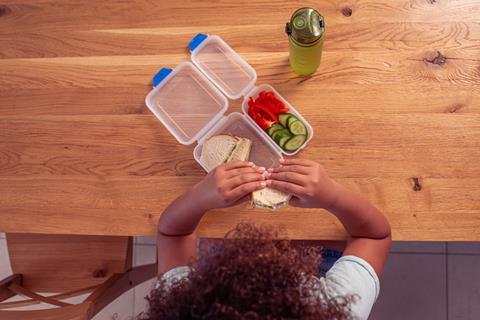
4. One in four households with children have reported food insecurity over the past 12 months
Retailers that can help parents feed their children healthily in the next school year stand a good chance of attracting new customers. Store owners that can help them do this on a budget will create life-long habits.
“We don’t always run deals on back-to-school products, but if we buy them on promotion through Londis we’ll run something,” says Natalie Lightfoot. “Fruit Shoots, for example, often go on a long-term offer on eight-packs for £3.50. There’s always something on offer, it’s just a matter of showing people.
“We’ve been monitoring category sales and noticed cooked meat sales have increased on Snappy Shopper, so it seems people are making cheaper choices and not treating themselves – or their kids – to takeaways as often, but instead making sandwiches or having dinner at home. It’s easier on the budget.”
Price-marked packs are an effective part of the range in the back-to-school period, reassuring customers that you are charging the right price.
Throughout the store, it’s essential to make sure you are offering a budget choice in each range. “During the back-to-school period, we find retailers have more success when stocking sugar singles such as Chew Bars, to cater for those consumers who have a smaller amount to spend,” said Ben Cooper, national account controller at Swizzels. “Keeping price points at less than £1 ensures that products are still affordable for those who are working with a pocket-money budget.”
This is particularly effective when considering the treats and snacks that are bought outside of the school window. Retailer Imtiyaz Mamode, owner of Wych Lane Premier in Gosport, focuses more on what younger customers want to buy before and after school than what is consumed within the school gates. “This ranges from crisps to sweet bags and soft drinks. After school, children and their parents will come in to buy a slushie. We have 50-60 kids who visit us between 3 and 4pm so sales are high and the demand is towards those sweeter treats,” he says.
“American products are by far our most-popular range, though, especially with school children. We sell it consistently throughout the year, but Jolly Rancher is the most popular. If they don’t have the money, they buy from our 10-50p sweet range, which we have in a dedicated area in store. You need to factor in every budget for kids to feel they can buy something, and we now have a core range that suits every budget.”
Consider the different needs that parents, younger students and older students will have in the new school year and ensure these are catered for in your range. Retailers that can do this can win new customers and drive profits in the months ahead.




















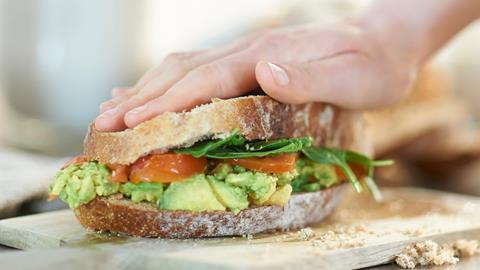
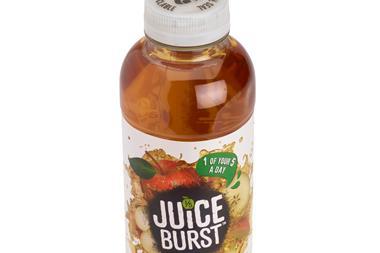

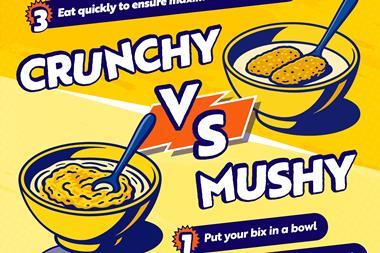


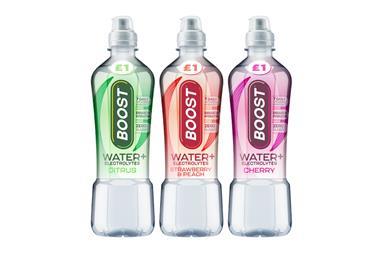

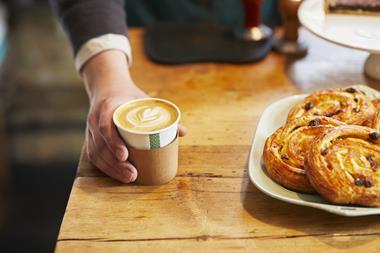




No comments yet